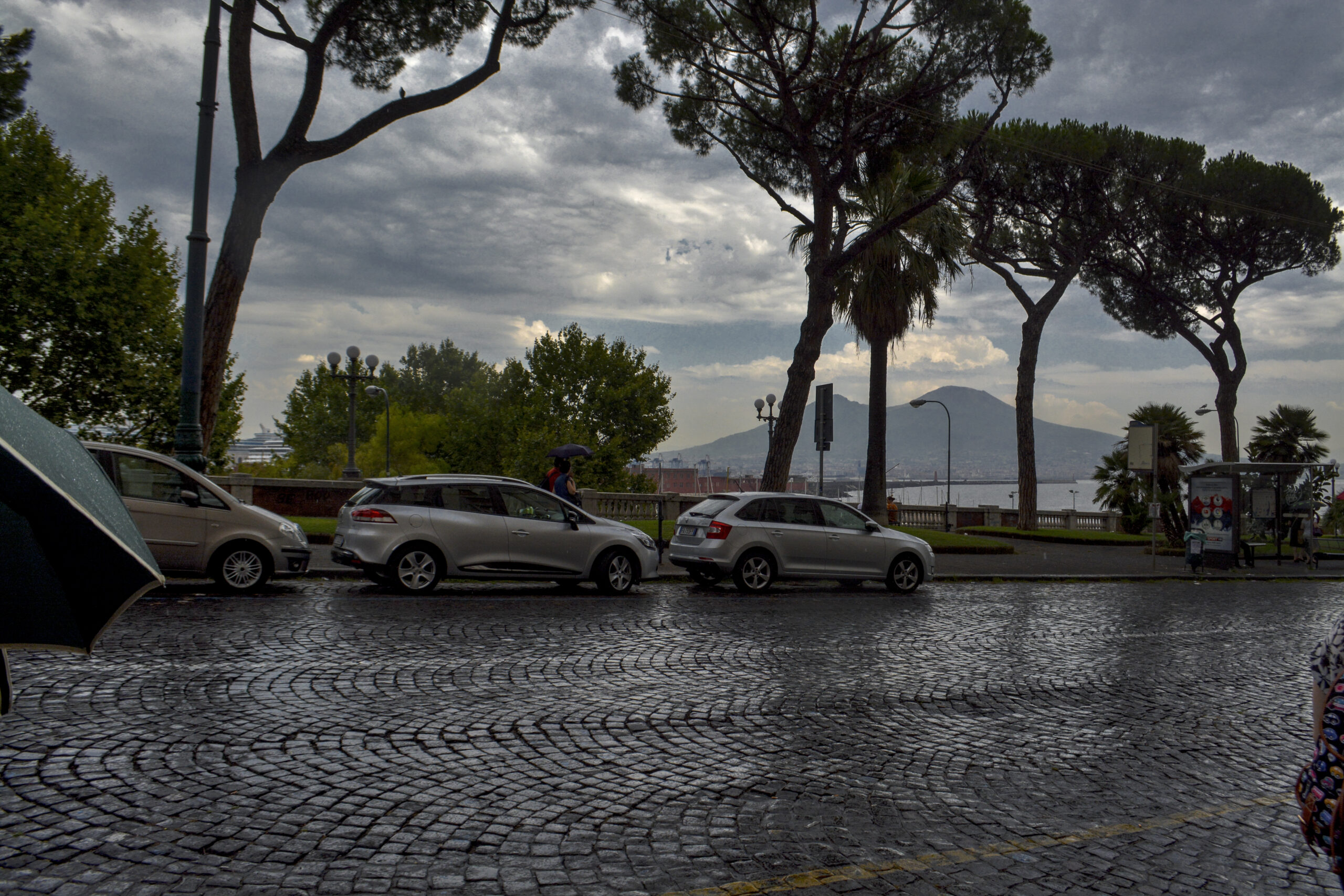The splendid city of Naples is considered the home of the sea and the sun but, even if the odds are relatively lower than those of other cities, especially in some periods, the hypothesis that it may rain must always be taken into considerationalso.
But the city is so full of attractions that you never get bored, don't worry!
Naples is beautiful for its walks along the seafront, it is wonderful to enjoy and to live in the sun and outdoors, but it is a city full of museums, churches and many characteristic indoor places.
Many maybe you don't even know them.
The good weather will come and the walks to Spaccanapoli or the Spanish quarters can be postponed to the following day, but in the meantime, do not waste a day being closed in your home, hotel or B&B, the city is alive even in its premises, underground places, places of culture and worship.
Naples lives everywhere, so we present indoor places or attractions to experience Naples when the weather is not good.
The subsoil of Naples
Certainly not to be counted among the unknown places, the subsoil of Naples is full of cultural attractions, from underground Naples, to the Galleria Borbonica, to the catacombs of Naples and much more.
Underground Naples and Underground Museum
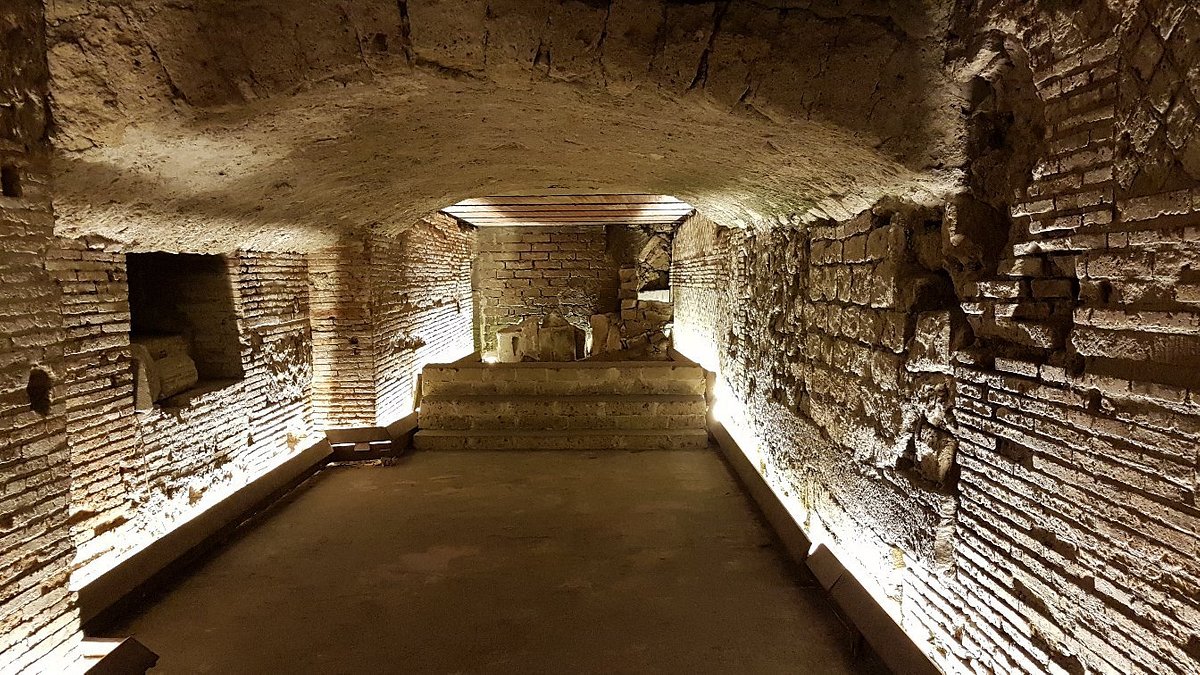
What could be better than visiting an evocative place forty meters deep compared to the chaos and hectic life of the city?
Underground Naples is a set of cunilicoli, aqueducts, tunnels and excavated spaces by man during the various centuries of life of the city. The testimonies to be seen date back to the presitoria, where the natural cavities were inhabited.
Ma man's work began three centuries before the birth of Christ, with the Greeks who used the quarries to obtain the tuff necessary for the constructions of that era or to obtain funerary hypogea.
The development of underground lattices continued in Roman times for the construction of complex aqueducts.
The disposal of the underground aqueduct took place in the eighteenth century, subsequently the tunnels were used by the citizensi to take refuge from the bombing planes of the Second World War.
The Underground Museum recalls this last period, offering the opportunity to see the places that have made the history of the city.
In addition to the vision of the environments, the Museum organizes theatrical visits and other events.
Phone: 081 400256
Location: Google Maps
Buy online: Offer Napoli Underground + Catacombs San Gennaro
Catacombs of Naples
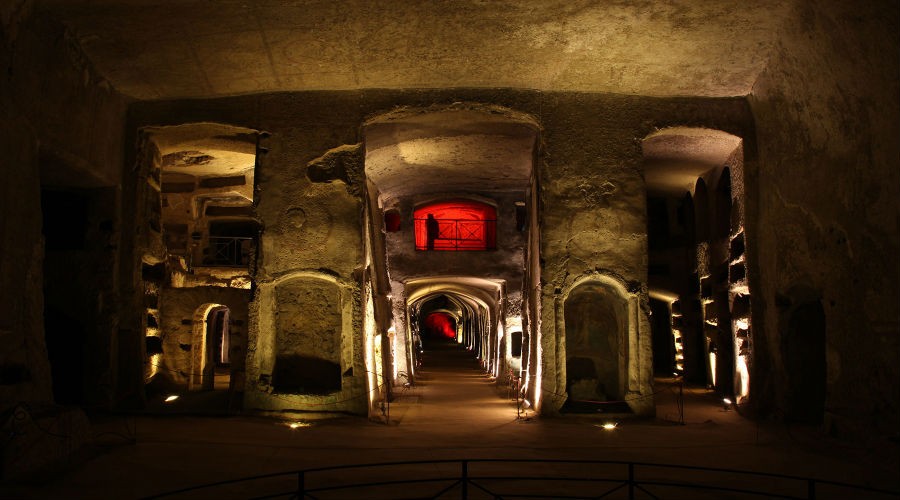
The Catacombs of Naples are extraordinary testimonies of the Christian history of the city. They represent an almost obligatory stop for history lovers. Within the placesVisits are occasionally organized with guides in period costume theatrical in nature.
Furthermore, it is possible to taste typical local dishes inside the sacristies of the ancient churches. A special experience to be lived.
The most famous and largest Catacombs in Naples are certainly those of San Gennaro, the largest in Southern Italy, located in the basement of one of the liveliest and most evocative districts of the city, the Rione Sanità.
The catacombs of San Gennaro strongly represent Naples and they are considered a very important element for the history of the city, precisely because they house the mortal remains of the patron saint, San Gennaro.
San Gennaro died in 305 AD but only a century later the saint's body was moved inside the ancient catacombs, which were later named with his name.
In fact, the original nucleus of the underground cavities in question it was built around the second or third century after Christ.
Over the years the first ambulatories branched out from the lower vestibule through a mainly horizontal pattern.
The upper part of the catacomb originated from the so-called upper vestibule, famous for the ancient frescoes and for the crypt of the bishops, a place where San Gennaro was subsequently placed nearby but which was the burial site of other bishops of Naples.
The translation of the Saint made the catacomb famous and it expanded considerably. Indeed, all the most famous Neapolitan citizens wanted to be buried as close as possible to the Saint, so much so that today the catacomb has about 2000 niches and 500 arcosoli, for a width of 5600 square meters.
In addition to the famous catacombs of San Gennaro, the undergrounds of the city host other underground burials: the Catacombs of Sansevero and those of San Gaudioso.
The former are closely linked to Bishop Severus, but of whom only a cubulum remains. The latter are famous for the skulls of the deceased embedded in the walls of the ambulatories.
To access these catacombs you must enter the basilica of Santa Maria della Sanità, and once inside you can admire numerous cubicles of fine workmanship with arcosoles rich in mosaics and paintings dating back to the fifth and sixth centuries after Christ.
From the XNUMXth century onwards, these catacombs became a pilgrimage site from all over Europe until the XNUMXth century.
In the following years memory was lost but in the last decades they have become sought after tourist destinations.
Phone: 081 744 3714
Location: Google Maps
Buy online: Offer Napoli Underground + Catacombs San Gennaro or just Access ticket to the Catabombe San Gennaro
Bourbon Gallery
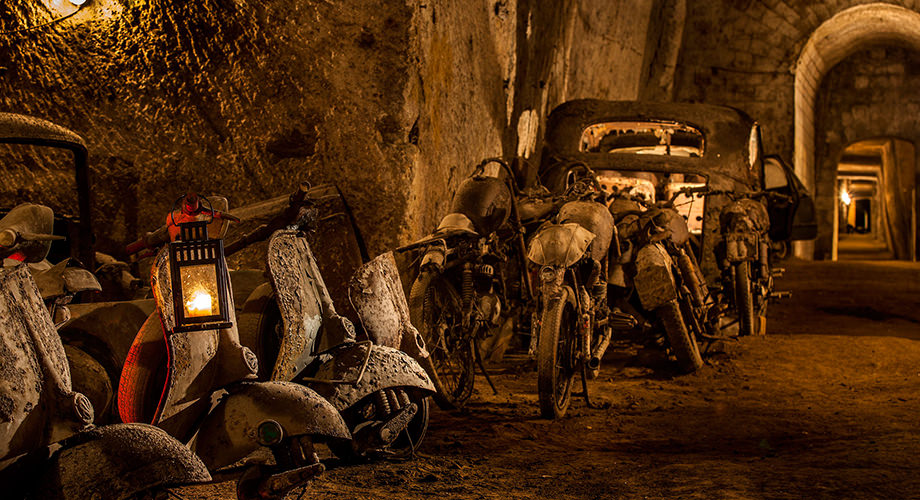
And last but not least, there is the Bourbon Gallery, an almost magical place where many eras of the history of the city of Naples almost magically cross.
Recovered by a local association in more recent years, in a short time the Bourbon Gallery has become a real "must see”Of our city, but what made it so special?
The gallery offers two distinct paths, a purely historical one where you will travel through the history of the tunnel. Built at the behest of the Bourbons in 1800, this place has taken on numerous connotations over time, even for use as a judicial deposit of vehicles, in fact today there are still some real pieces of industrial archeology in this sense.
It was also a place of protection during the bombing of the Second World War!
The other path is that "adventure“, Where you will sail (and this is not a way of saying) among the waters to discover the depths of the earth.
Phone: 081 764 5808
Location: Google Maps
Buy online: Entrance tickets to the Bourbon Gallery
Visit to the Museum
An ever-green solution, especially on a rainy day, is a visit to the museum.
Naples is a city of culture and history, founded by the Greeks of Chalcis in the eighth century BC, first with the name of Parthenope and later, at the end of the sixth century BC, with the name of Neapolis.
It was then an important Roman city, first, and Byzantine, then.
During the Middle Ages the city was one of the main cities of the Kingdom of Sicily, in which it was for some years its capital and principal city of the Kingdom of Naples. When the two states united, giving life to the Kingdom of the Two Sicilies in 1816, Naples became the capital until the birth of the Kingdom of Italy.
The museums of the city tell about events and show works of art, objects, costumes and customs of the millennial history of the city.
A treasure not to be missed!
Museum of Capodimonte
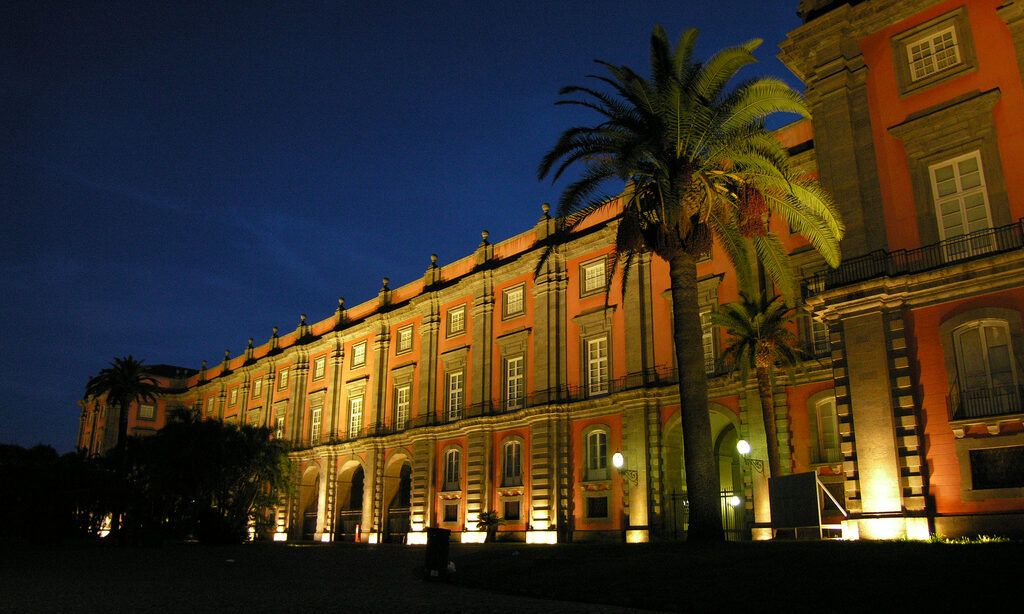
The National Museum of Capodimonte is located inside the palace homonymous which takes its name from the place where it is located. The permanent exhibition houses works of ancient and contemporary art. Furthermore, the palace itself is worth visiting, built in the eighteenth century at the behest of Charles of Bourbon, it originated precisely with the aim of hosting the numerous works of art from the king's family collection.
Inside the museum it is possible to admire the famous Farnese collection, one of the most important in Europe.
Did you know that Andy Warhole's famous work of Vesuvius, Vesuvius, is kept here?
Phone: 081 749 9111
Location: Google Maps
National Archaeological Museum of Naples (MANN)
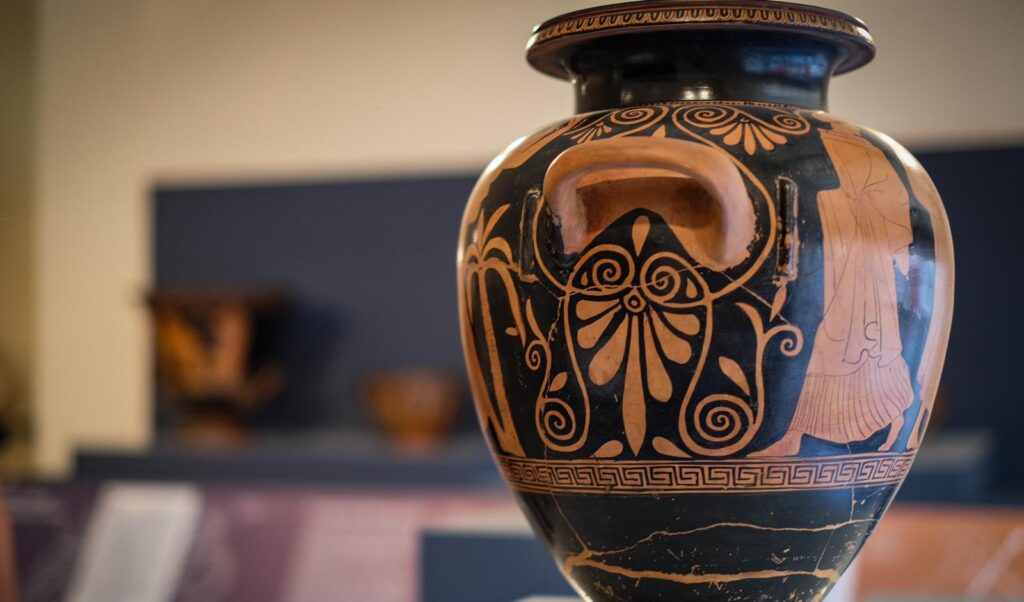
The National Archaeological Museum of Naples houses the most valuable and rich heritage of archaeological finds and works of art in the country, classified as one of the most important archaeological museums in the world and perhaps the most important as regards the evidence of the Roman era.
Indeed, the palace hosts a permanent exhibition of over twelve thousand square meters with material evidence found during the excavations of some of the most important sites in Campania and Southern Italy.
Among these we can certainly mention Pompeii, Herculaneum, Oplontis, Stabia and many others (which we suggest to visit as soon as it rains!).
Phone: 081 442 2149
Location: Google Maps
Museum of San Martino
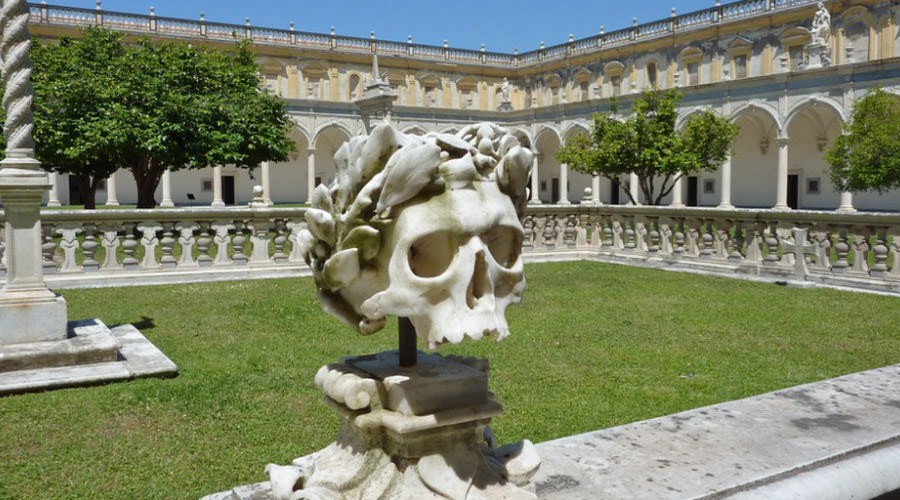
In addition to the works of art housed, the San Martino Museum is famous for its splendid panorama.
In fact, thanks to its location it offers visitors one of the most beautiful viewpoints in the city.
A suitable place to admire beauty in the form of nature and art.
Of course, on rainy days you won't be able to admire an excellent view but the Museum is still worth a visit.
Inside they will be able to see masterpieces of high quality, including the Cuciniello Nativity, inside the crib section.
In addition to the latter, there are also the Naval Section , Hall of the Carriages, which always drive small children crazy.
Phone: 081 229 4503
Location: Google Maps
The subway stations of art
It is often said that the beauty of the journey is the journey itself.
Well, in this case it literally is.
In fact, Naples has a very widespread underground service and each station is different from the others, but it must be said that some are real works of art.
Toledo station
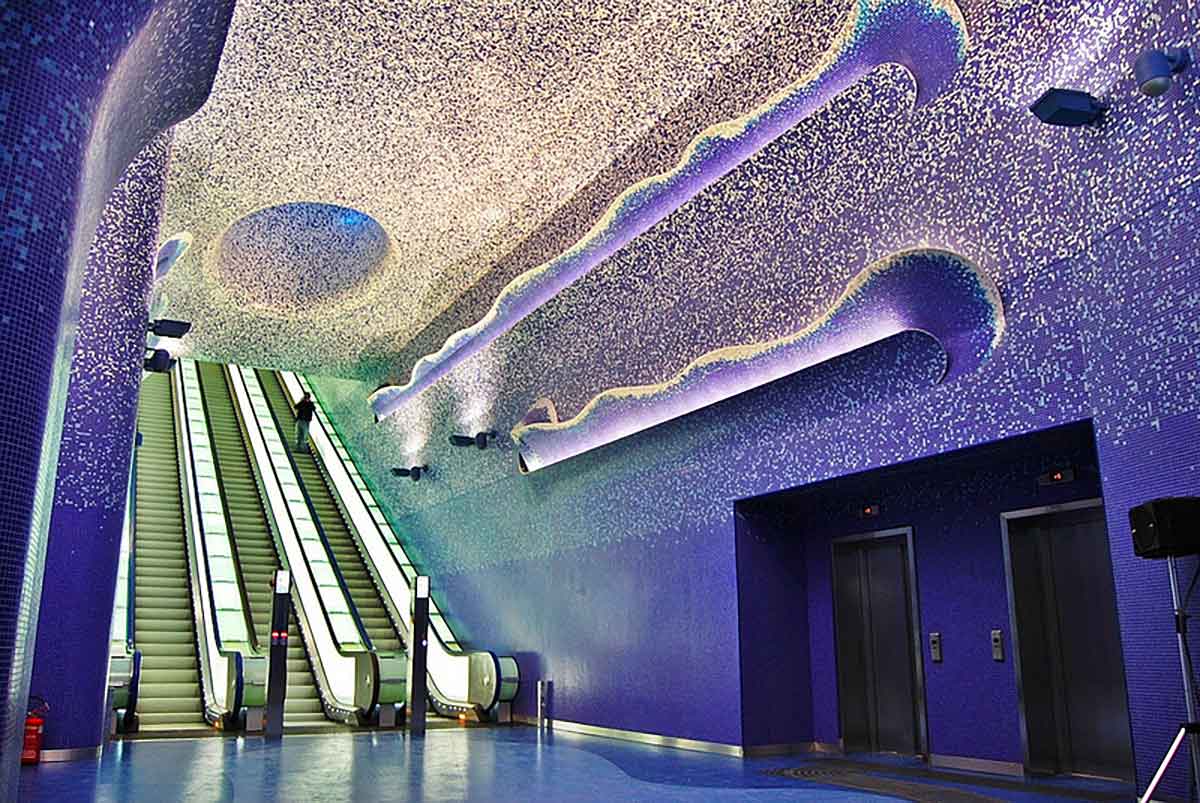
A set of lights and colors that give a unique atmosphere.
The Toledo Station was awarded the title of 'most beautiful station in Europe'thanks to the lighting of Roberto Wilson who, with thousands of LEDs, has managed to create an environment that is colored with different shades of blue to simulate the bottom of the sea.
The walls, among other things, are mosaics with processions of objects and figures that tell the millenary history of Naples.
University Station
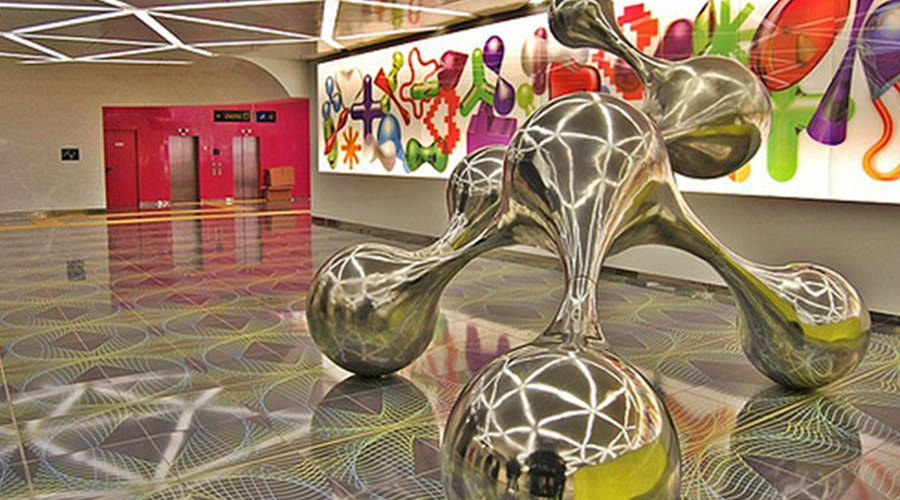
The University station is crowded with thousands of students every day.
On the surface, in fact, there are some historical faculties of the University of Naples. This splendid station was created by the architect-designer Rashid.
The spaces mix the languages and knowledge of the digital age with the Neapolitan and Italian humanistic tradition.
Immediately after passing the turnstiles it will be possible to see the work 'Conversational Profile', which metaphorically represents the communication between human beings.
Museum Station
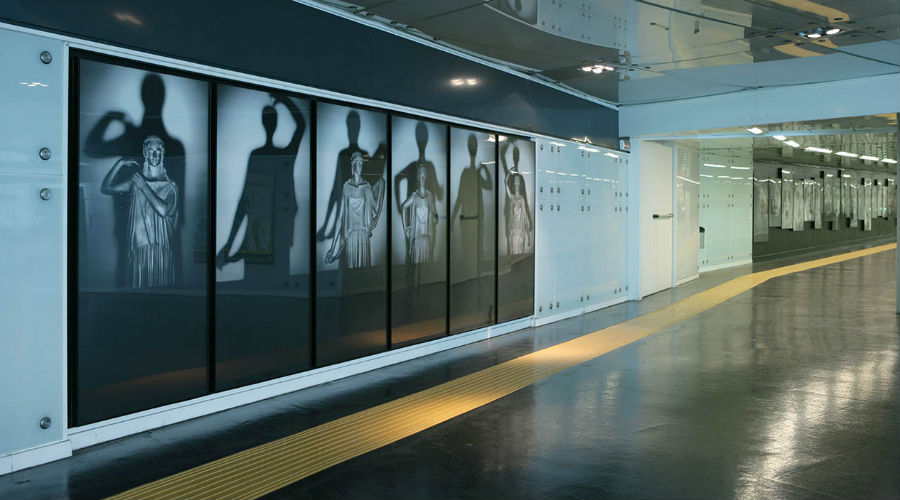
The station was born from the projects of Gae Aulenti and, thanks to the red plaster and Vesuvian stone, recalls Pompeii and the archaeological exhibition located in the nearby National Museum (MANN).
The station concourse was designed to accommodate a glass-resin cast of the Farnese Hercules. In the entrance hall, on the other hand, there is a bronze cast of Carafa, the splendid and imposing horse's head.
The corridors are also home to works of art, namely black and white photos of the great Mimmo Jodice.
Four Days Station
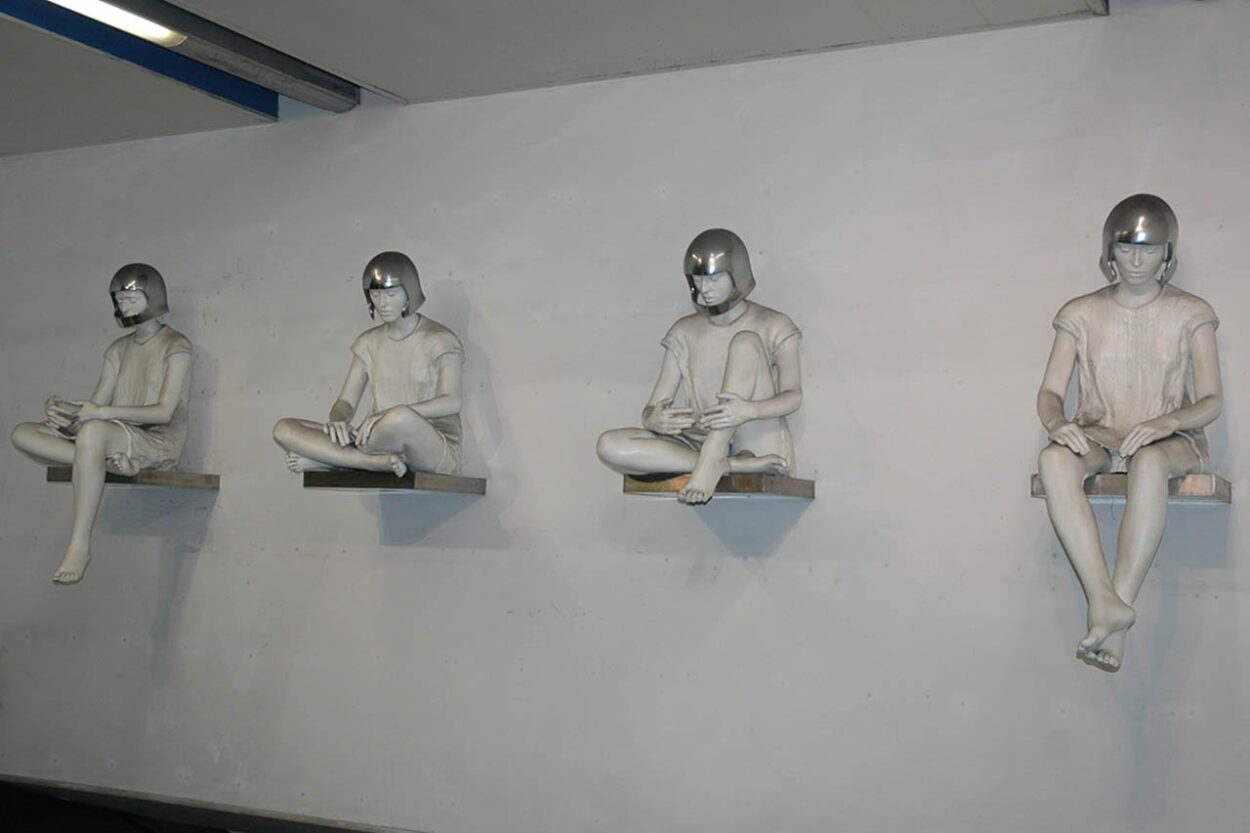
The station in question houses the paintings and bronze reliefs by Nino Longobardi that tell of the Neapolitan Resistance during the Second World War.
Indeed, the name of the station itself remembers the days of insurrection that liberated Naples from the Nazi yoke.
Going up the stairs you can admire three very large display cases on the wall, which house a large photograph of Betty Bee trapped in a box, the work on the Four Days called the 'fighters' and, finally, the painting 'love against nature' by Maurizio Cannavacciuolo.
Shopping
In addition to art and history, Naples is a commercial city and, therefore, during a rainy day, shoppers can take advantage of the numerous indoor places to shop or enjoy a snack, perhaps with some typical Neapolitan traditional dishes. .
One of the symbolic places of Naples, in the center, a stone's throw from Piazza Plebiscito, is Galleria Umberto, full of cafes and clothing stores (and more).
But just outside the center you can go shopping in the numerous shopping centers of the city, among these, the closest is the Neapolis Shopping Center, located in the eastern part of the city.
If you are a lover of shopping, don't miss ours selection of the main shopping streets of Naples, especially the many Neapolitan ties, and our selection of best handicraft activities in Naples.

